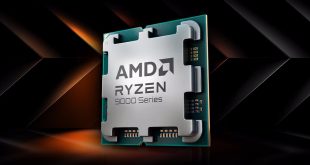We had no problems getting a stable post immediately after the system build.
We used Corsair 2,400 GTX8 memory, and it defaulted initially to 1,333mhz as shown in the image above. Always worth checking the memory configuration immediately after a system build.
We immediately selected the XMP profile and rebooted. The system configured the Corsair 2,400mhz memory at 10-12-10-30 2T timings.
The extreme tweaker panel has plenty of options for fine tuning the hardware. We will look at this in more detail, shortly.
The advanced panel has a variety of settings to configure various aspects of the board, such as CPU, PCH and SATA devices.
The monitor panel has separate areas for voltage and temperature monitoring. The boot panel allows the user to disable the full screen image on post, and to configure the priority of the attached drives.
The tool panel can be used to flash the bios, and to save and load pre-configured overclock settings.
System Validation is available over here.
For this review we decided to have a look at the automatic overclocking options, built into the bios. CPU Level up has presets for 4.2 ghz, 4.4 ghz and 4.6 ghz.
The preset overclocking setting wasn't ideal, as it decided to downclock the memory again to 2,133mhz. We had to reload the XMP profile as shown above.
We also noticed that the voltage seemed a little higher than we would like, as the automatic setting pushed the core volts to 1.33. We backed down to 1.25 volts as highlighted above.
Above, system validation at 4.6ghz. You can look at the validation over here.
Higher speeds were possible, but we are using a highly affordable, £20 Arctic Cooling Freezer 13 so temperatures could quickly get out of control above 1.25 volts. We can't imagine anyone in the market for a Micro ATX board will want to push everything to breaking point anyway.
 KitGuru KitGuru.net – Tech News | Hardware News | Hardware Reviews | IOS | Mobile | Gaming | Graphics Cards
KitGuru KitGuru.net – Tech News | Hardware News | Hardware Reviews | IOS | Mobile | Gaming | Graphics Cards

















Ordering this later, fabulous board, just what i need!
I love asus products, always so reliable and i agree, the bioses are great..